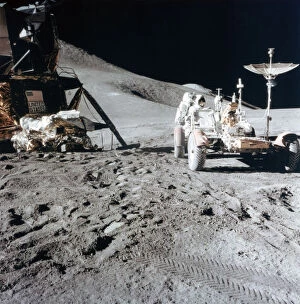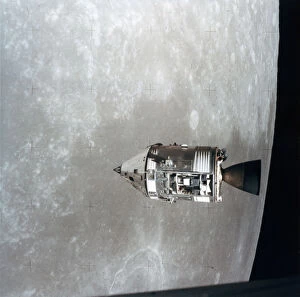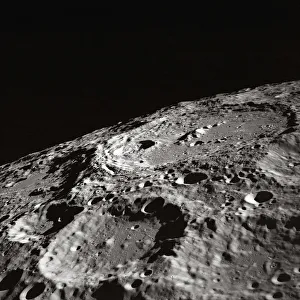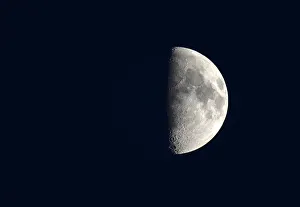Lunar Crater Collection
"Lunar Crater: A Celestial Marvel Unveiled" The Lunar Crater, a captivating natural wonder etched on the surface of our celestial neighbor
All Professionally Made to Order for Quick Shipping
"Lunar Crater: A Celestial Marvel Unveiled" The Lunar Crater, a captivating natural wonder etched on the surface of our celestial neighbor, has been a subject of fascination and exploration for centuries. From ancient astronomers to modern space missions, this lunar feature continues to intrigue us with its enigmatic allure. Dating back to 1611, Galileo's meticulous drawings of lunar craters provided humanity with the first visual evidence of these intriguing formations. Fast forward to 1857 when pioneering scientists captured detailed glimpses of the moon's surface, further unraveling the mysteries hidden within its vast expanse. In 1865, Jules Verne ignited imaginations worldwide with his novel "De la Terre à la Lune, " featuring an illustration that depicted adventurers setting foot near this very crater. Little did he know that over a century later, NASA would make his fictional vision a reality during the Apollo 15 mission in 1971. The Apollo astronauts left an indelible mark on history as they ventured into uncharted territory aboard their Command and Service Modules orbiting above this lunar marvel. James Irwin's iconic image alongside the Lunar Roving Vehicle serves as a testament to human ingenuity and determination in exploring worlds beyond our own. As we gaze upon waxing crescent moons or bask under the ethereal glow of full moons from Baden-Wurttemberg in Germany, it is impossible not to ponder what secrets lie within those distant craters. These celestial bodies remind us that even amidst Earthly wonders, there exists an entire universe waiting to be discovered. Today, thanks to advancements in technology and ongoing scientific endeavors like Lunar Crater (chromolitho), we continue peering through telescopes and analyzing data collected by rovers sent across millions of miles just for glimpses into these cosmic abysses. The Lunar Crater stands as a symbol of mankind's insatiable curiosity about what lies beyond our own planet.












